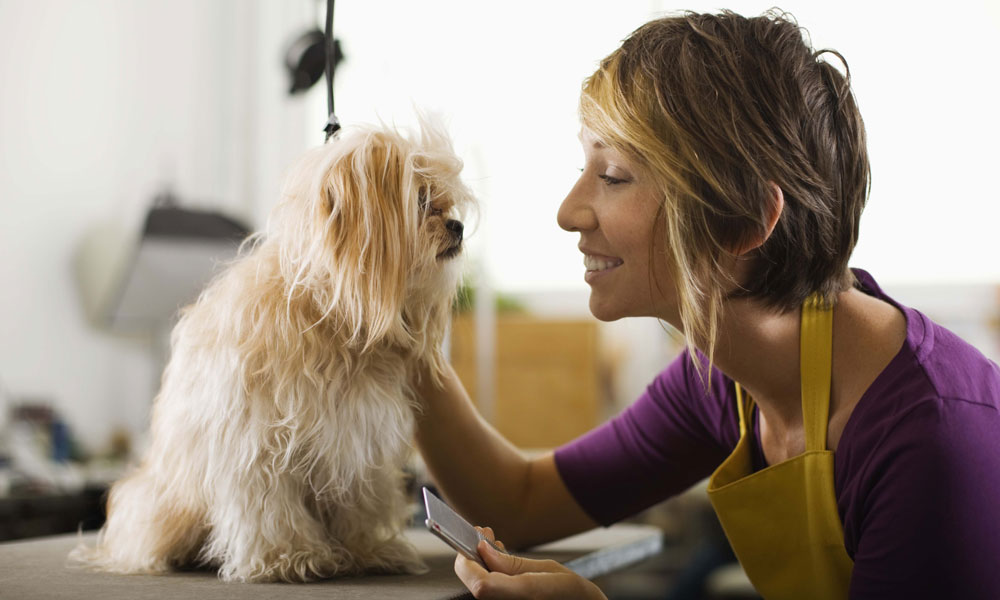
Pet Love Generates Record Spending in 2015, Says Pet Products Association
The American Pet Products Association says an increase in "pet humanization" is helping to drive record growth in the industry, even as other segments, such as sales of live animals, stumble.
Americans love spoiling their pets. Pets need beds and cages, water and food bowls, and, of course, toys. The essentials—food and veterinary care expenses—continue throughout a pet’s life.
And according to the American Pet Products Association, all that spending adds up. Americans spent a record $60.28 billion on pet products last year—up from the $58.5 billion spent in 2014, APPA reported.
APPA President and CEO Bob Vetere said spending is continuing that upward swing this year.
“The 2016 industry spending forecast is very promising, and although spending trends in various market segments ebb and flow, the industry as a whole is continuing to prosper, which is always great news,” Vetere said in a news release. “And, with increased research on the health benefits of pet ownership, we anticipate even higher industry sales in the years to come.”
They’re Like People
A big driver of all that growth, according to APPA, is “pet humanization.”
“The pet humanization trend is alive and well and continues to drive growth at the premium end of the market,” Vetere said, adding that millennials are now picking up that trend from baby boomers.
Pet owners spent $5.41 billion last year on pet services, including boarding, exercising, grooming, pet-sitting, and training. Pet services, the industry’s largest growth sector, experienced a jump of 11.8 percent from 2014 to 2015.
Another major spending center includes supplies and over-the-counter medicine, which saw a 3.9 percent bump in 2015, to $14.28 billion. It was the third-largest segment for pet spending, after food and veterinary care, although the latter is experiencing a slowdown.
“The use of pet medications and supplements to ensure longer, healthier lives for pets is increasing, thus somewhat offsetting any lower income growth for vet services,” Vetere said.
One surprising area of decline? Sales of live animals has dropped for the second year in a row. The trend may be due to improved pet health, longer lifespans, and the rise of state-level bans against selling pets in pet stores, Vetere said.
(iStock/Thinkstock)






Comments